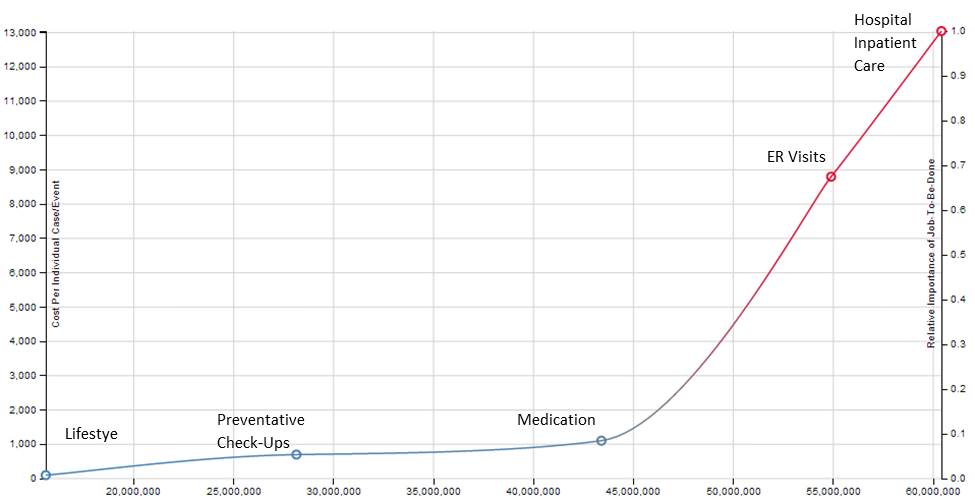
By KIM BELLARD
The Sunday Times featured an op-ed by Mark Britnell, a professor at the UCL Global Business School for Health, with the headline Our creaking NHS can’t beat its admin chaos without a tech revolution. Substitute “U.S. healthcare system” for “NHS” and the headline still would work, as would most of the content.
I wouldn’t hold my breath about that tech revolution. In fact, if you’re waiting for disruptive innovation in healthcare, or more generally, you may be in for a long wait.
A new study in Nature argues that science is becoming less disruptive. That seems counterintuitive; it often feels like we’re living in a golden age of scientific discoveries and technological innovations. But the authors are firm in their finding: “we report a marked decline in disruptive science and technology over time.”
The authors looked at data from 45 million scientific papers and 3.9 million patents, going back six decades. Their primary method of analysis is something called a CD Index, which looks at how papers influence subsequent citations. Essentially, the more disruptive, the more the paper itself is cited, rather than previous work.
The results are surprising, and disturbing. “Across fields, we find that science and technology are becoming less disruptive,” the authors found, “…relative to earlier eras, recent papers and patents do less to push science and technology in new directions.” The declines appeared in all the fields studied (life sciences and biomedicine, physical sciences, technology, and social sciences), although rates of decline varied slightly.
The authors also looked at how language changed, such as introduction of new words and use of words that connote creation or discovery versus words like “improve” or “enhance.” The results were consistent with the CD Index results.
“Overall,” they say, “our results suggest that slowing rates of disruption may reflect a fundamental shift in the nature of science and technology.”
“The data suggest something is changing,” co-author Russell Funk, a sociologist at the University of Minnesota in Minneapolis, told Nature. “You don’t have quite the same intensity of breakthrough discoveries you once had.”
Continue reading…















